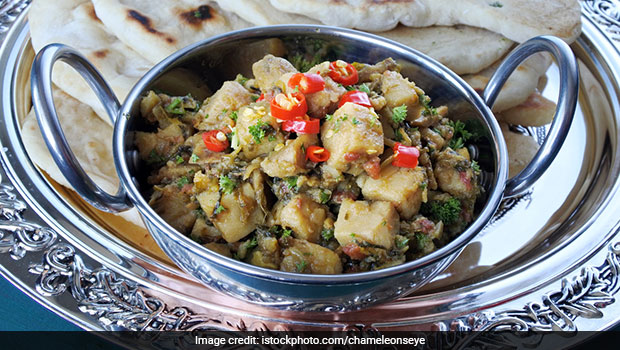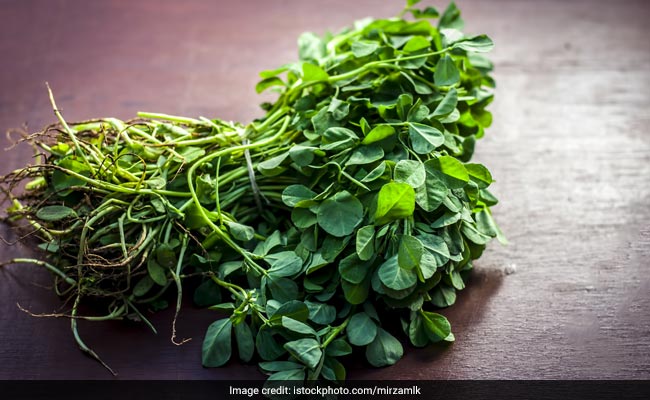The winter is upon us and if you haven't revamped your kitchen with all the winter essentials, there is time now. Winters is the time for leafy greens, we see so many variety of greens around us that it may turn out to be quite a task to tell one from the other. Bathua, arbi, methi, palak, all of these greens are loaded with fibre, vitamins and antioxidants. Methi is one of the most popular winter greens that is often used in a gamut of preparations like methi paratha, methi ladoo, aloo-methi ki sabzi, methi muthiya. The leaves are so nutritious that they are also dried and used throughout the year. Methi greens are a treasure of nutrients like Vitamin K, Calcium, folate, Vitamin A, Vitamin C, Riboflavin, pyridoxine and antioxidants like trigonelline and diogenin. But if you may have noticed, we always tend to cook the methi leaves and seldom eat it raw. Does cooking kill its benefits? Or does eating it raw increases risk of stomach infection, here's what the experts have to say.
(Also Read: 11 Best Methi Recipes | Easy Methi Recipes | Fenugreek Recipes)
"Fenugreek or methi leaves are very rich in antioxidants and minerals that provide various health benefits. It is true that most of the antioxidants may be destroyed with high temperature cooking, but moderate heat treatment can ensure complete safety of the food hence consumed. This is why people have always preferred to have them slightly cooked. While leafy vegetables are highly nutritious at the same time they are also prone to infestation with germs. It is therefore very important to grow and handle the green leafy vegetable like methi with great care. Make sure you always wash and clean the leaves thoroughly before use," says Ms. Sweedal Trinidade, Senior Officer Dietetics (HOD) P.D. Hinduja Hospital.
(Also Read: Methi Muthia, A Popular Gujarati Snack, Can Fill In Your Healthy Snack Menu (Watch Recipe Video)

Methi is used to make a range of Indian dishes
According to CDC eating raw leafy vegetable is major source of E.coli o157 infections. The most vulnerable population comprises older adults, children below five years of age, people suffering from chronic illness and pregnant women, she further adds.
If you are wary of deep-frying it, you can just blanch them in water for three minutes, or boil or steam them with other vegetables. This could prevent calorie-overload that is tied with deep-frying, and also not tamper with the dense nutritional profile of methi, suggests Ms. Jyoti Bhatt, Senior Dietician from Jaslok Hospital & Research Centre. One can use washed, fresh leaves for salad dressing she says.
(This content including advice provides generic information only. It is in no way a substitute for qualified medical opinion. Always consult a specialist or your own doctor for more information. NDTV does not claim responsibility for this information.)
About Sushmita SenguptaSharing a strong penchant for food, Sushmita loves all things good, cheesy and greasy. Her other favourite pastime activities other than discussing food includes, reading, watching movies and binge-watching TV shows.








